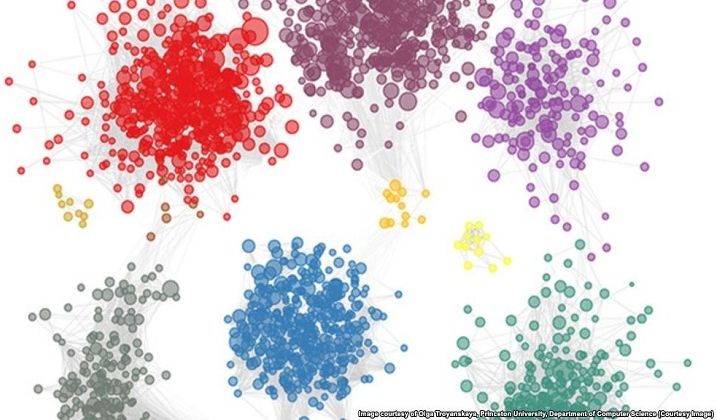NORWELL, Mass.—(BUSINESS WIRE)— Last week, Nature Publishing Group sent the scientific areas of the Internet into a frenzy by publishing a groundbreaking study that proves the positive effects of long-term training with Brain Machine Interfaces (BMI) on patients who have suffered a spinal cord injury (SCI).
The study titled “Long-Term Training with a Brain-Machine Interface-Based Gait Protocol Induces Partial Neurological Recovery in Paraplegic Patients” was conducted by an international group of scientists, led by the Duke University neurobiologist Miguel Nicolelis and demonstrates that it’s never too late to start intensive therapy.







